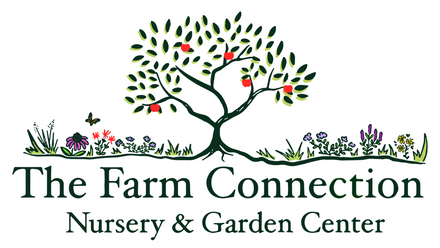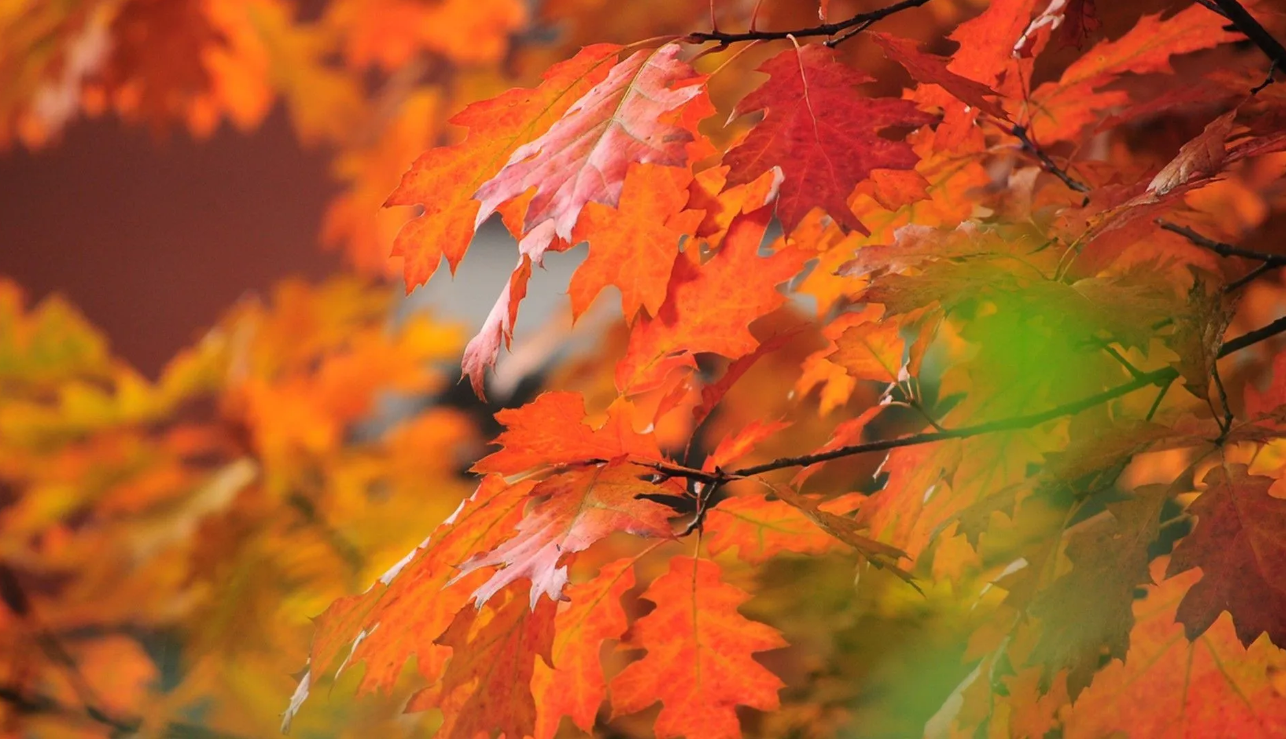Oak, Northern Red, Bare Root
Top Keystone Tree for Wildlife Support
Oak, Northern Red, Bare Root - Bare Root / 6-18" Seedling is backordered and will ship as soon as it is back in stock.
Couldn't load pickup availability
Delivery and Shipping
Delivery and Shipping
Make sure to thoroughly review our entire "Shipping, Returns, Refunds, and Our Guarantee" page for all relevant details about ordering from our store.
Making a purchase from our store constitutes an agreement to all the conditions outlined in those policies.
We appreciate your support and look forward to being your favorite plant provider!
Subscribe to our newsletter
Sign up for exclusive offers.
Northern Red Oak (Quercus rubra)
Majestic, fast-growing, and ecologically vital, Northern Red Oak is one of the most important native hardwoods for both wildlife and regenerative landscapes. This tall, broad-canopied oak is prized for its rapid establishment, adaptability to a wide range of soils, and brilliant red fall foliage. In permaculture systems, it plays a key role in overstory planting and wildlife support, especially in food forests, silvopastures, and reforestation projects. Few trees rival the oak in its ecological importance—supporting hundreds of insect species, birds, and mammals.
Key Characteristics
-
Keystone species for over 500 species of native caterpillars
Oaks are the top larval host plant in North America, and Northern Red Oak is no exception. It supports the larvae of numerous moths and butterflies, including the Polyphemus moth and banded hairstreak—critical food for songbirds during nesting season. -
Acorns are a vital food source for mammals and birds
Its nutrient-rich acorns feed white-tailed deer, black bear, wild turkey, blue jays, and squirrels. Acorns ripen in early fall and are among the most reliable mast crops in eastern forests. -
Fast growth and adaptability for reforestation and silvopasture
Faster growing than many oaks, Northern Red Oak is excellent for establishing canopy in rewilding projects, riparian buffer zones, and silvopasture systems. It tolerates urban conditions, compacted soils, and is more adaptable than other oaks to a variety of pH levels. -
Outstanding autumn color and long-term landscape value
Deep green summer leaves turn vivid red to russet in fall, adding ornamental value to its ecological role. A stately shade tree for large gardens, forest edges, or pasture borders.
Product Details
- Native range: Eastern and Central North America
- Plant life cycle: Long-lived deciduous tree
- Sun requirements: Full sun to light shade
- Soil requirements: Medium-dry to medium-moist; tolerates acidic to slightly alkaline soils
- Mature height: 60–90 ft, can exceed 100 ft in ideal conditions
- Bloom time: Spring (non-showy catkins)
- Bloom color: Greenish-yellow
- USDA Hardiness Zones: 3–8
For best success, plant Northern Red Oak in full sun with room to grow. It prefers well-drained loamy soils but tolerates clay and compacted sites. Use as a canopy anchor in food forests, silvopastures, or native hedgerows. Pairs well with native understory plants like serviceberry, hazelnut, or woodland herbs to create layered habitat.
-
Sun RequirementsFull Sun, Part Sun/Shade
-
Soil RequirementsMedium
-
Bloom ColorYellow, Green
-
Bloom TimeApril, May
-
USDA Hardiness ZonesZone 4, Zone 5, Zone 6, Zone 7, Zone 8
-
Native StatesMaine, Vermont, New Hampshire, New York, Pennsylvania, Ohio, Indiana, Illinois, Michigan, Wisconsin, Missouri, Kentucky, Tennessee, Virginia, West Virginia, North Carolina, South Carolina, Georgia, Alabama
Payment & Security
Payment methods
Your payment information is processed securely. We do not store credit card details nor have access to your credit card information.




